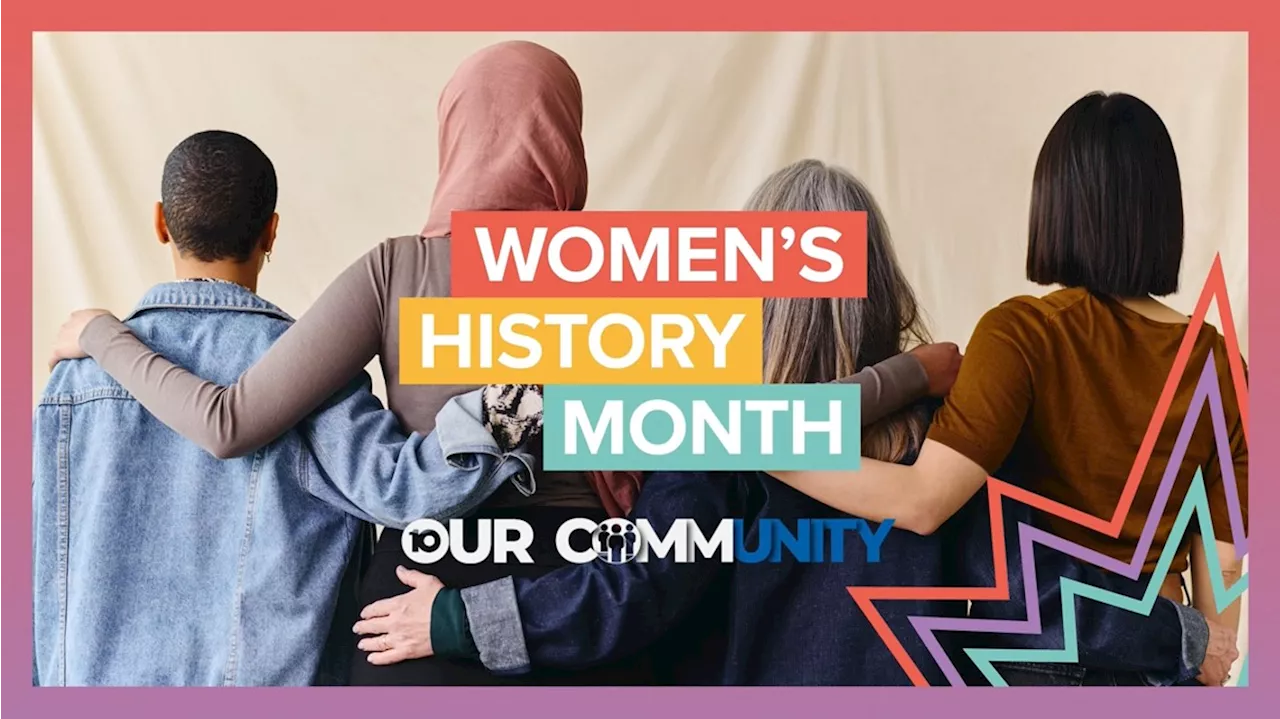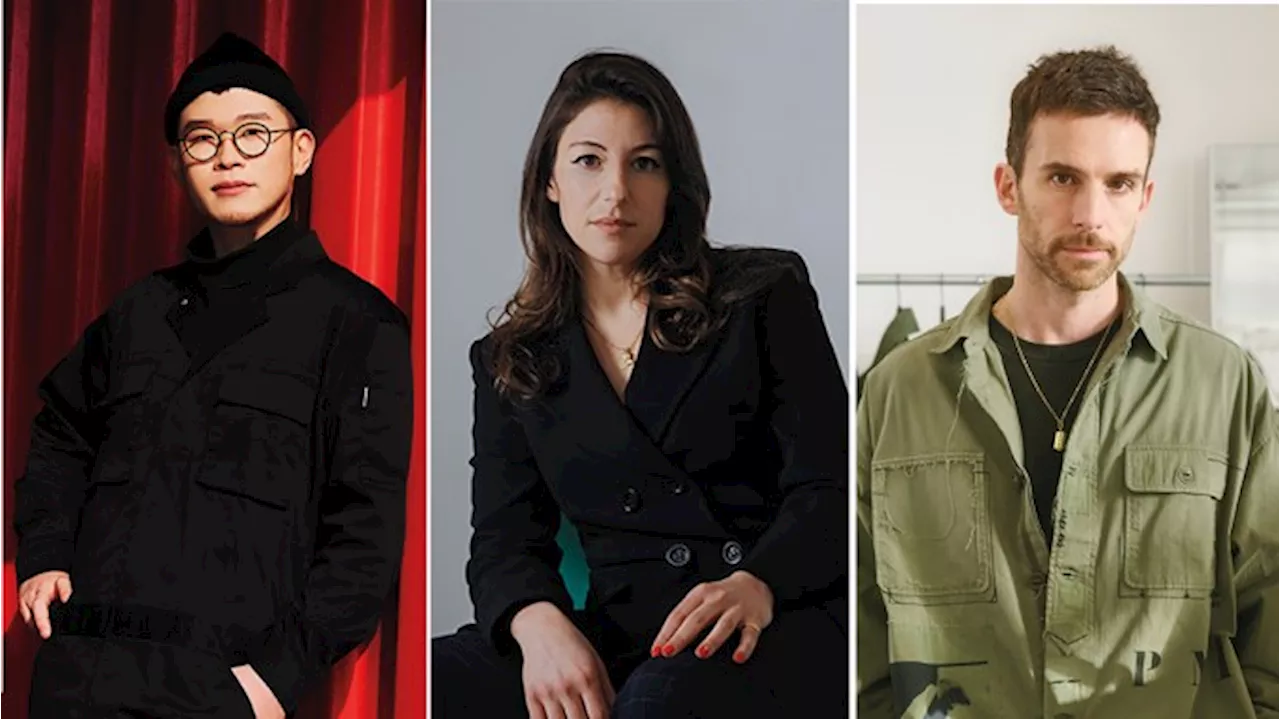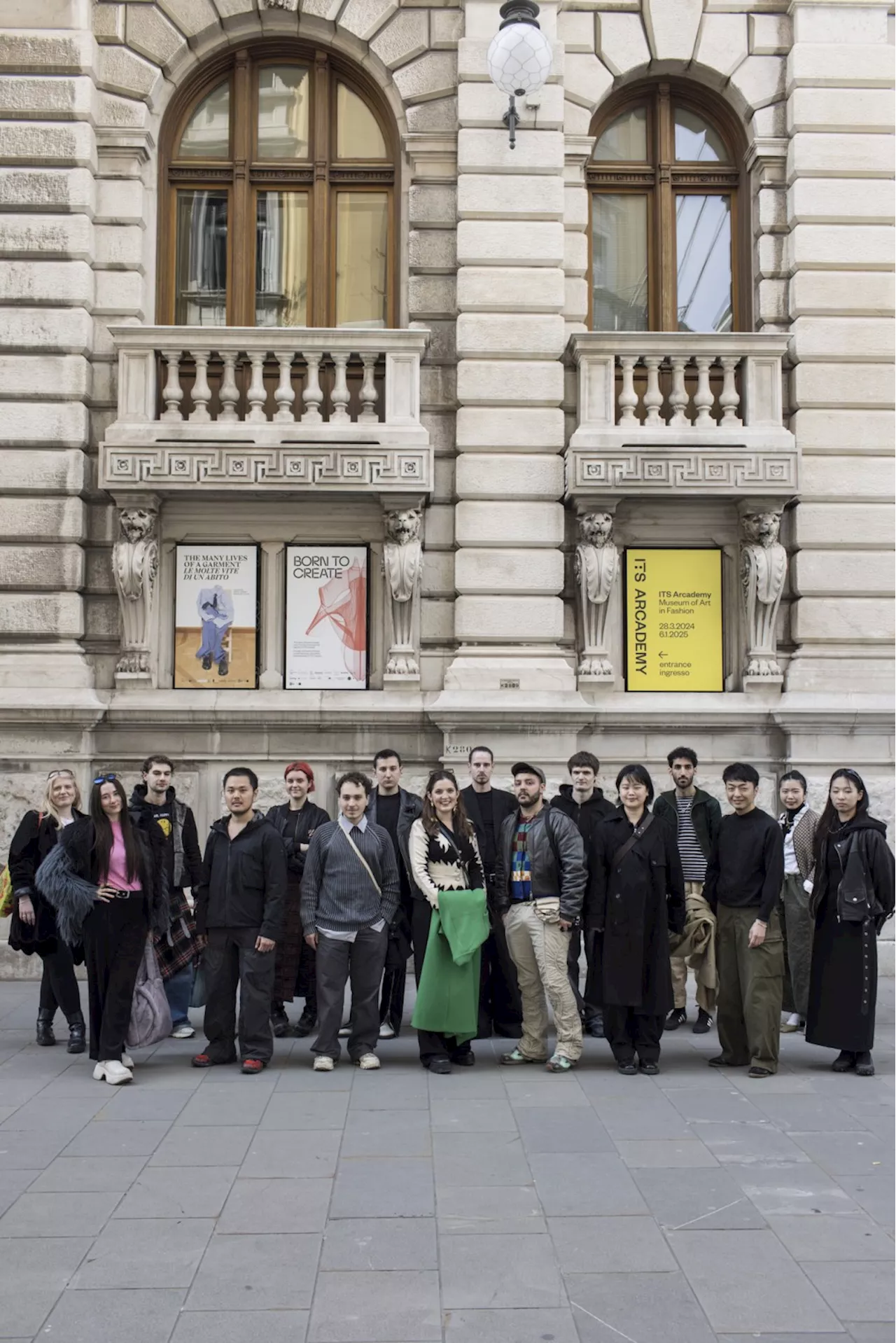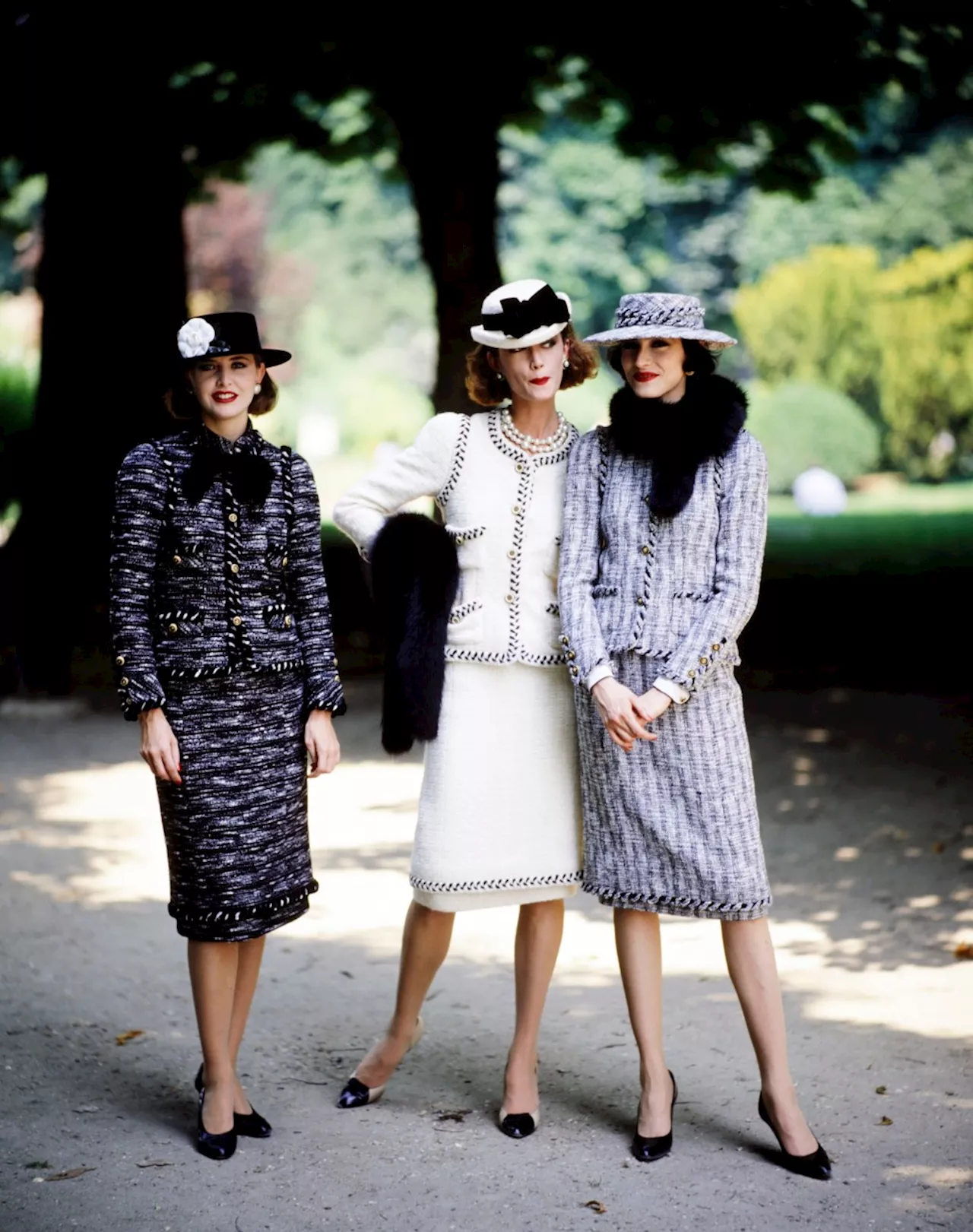From Chanel to Diane Von Furstenberg and Tracy Reese, women designers have shaped fashion's history and created looks that remain today.
Long before the origins of what would become Women’s History Month were put in motion in 1981, female designers and pioneers in fashion were carving out their own paths to empower women with clothes that instill confidence and to create jobs that sustain livelihoods.
“From the beginning…I didn’t have the knowledge. I took the material and worked directly on it. I used the knowledge I had, which was sculpture,” the couturier told WWD in 1963. Chanel was once described by Pablo Picasso as having “more sense than any woman in Europe.” Her career began around 1912 with the opening of a small hat shop in Deauville. With her fiancé at war, she was looking for something to pass the time. After borrowing a sweater from a jockey at the races one day to fend off the chill, Chanel sparked a sweater trend with all “the smart Deauville ladies” within a week.
Before her high school graduation at the age of 16, Cashin designed costumes for a local dance troupe at Fanchon and Marco. Grasping the importance of functionality in design was one of Cashin’s strong suits. After relocating to Manhattan to study dance and take courses at the Art Students’ League, she went on to design costumes for the Roxy Theater in the ’30s.
Perhaps more than any other American designer, McCardell freed women from the constraints of appropriate attire. Emblematic of her exemplary “American look,” her creations can be found in the Smithsonian Institution and the Metropolitan Museum of Art’s Costume Institute. McCardell first won the prestigious Coty award, a precursor to the Council of Fashion Designers of America’s much coveted awards, in 1943 and then again in 1956.
After a stint at Hattie Carnegie, McCardell returned to Townley Frocks and debuted a signature label — one of the first American designers to do so — in 1940. Eighty-four years later, McCardell’s forward-thinking still influences major American fashion designers including, who wrote the foreword for the reissued version of McCardell’s book, “What Shall I Wear? The What, Where, When and How Much of Fashion.
Klein never shadowed her contemporaries. She was the only woman from the American fashion industry invited to participate in the Battle of Versailles extravaganza. And with confidence, in 1968, she introduced the concept of group design when she opened Anne Klein Studios. The studio mentored and helped catapult the careers of many Seventh Avenue designers.
Media magnate Armando de Armas had offered to invest in Herrera’s business before the official debut and stayed on board until the company was sold to Puig in 2012. A pragmatist through and through, Herrera’s success has hinged on a diverse portfolio and a certain élan. As a mother of four daughters, her fashion insights are intergenerational. Evolving from early flamboyance to a more measured take on decorative chic, Herrera personifies the elegance her label offers to shoppers.
The designer did face a firestorm of criticism in 2017 when she stated, when asked about Harvey Weinstein, then accused and since convicted of sex crimes, “How do we display ourselves, how do we present ourselves as women, what are we asking? Are we asking for it, you know, by presenting all the sensuality and all the sexuality?” Shortly after she apologized for her remarks in several interviews, one notably in WWD with then executive editor Bridget Foley.
But it’s something Wang never got over and she has folded in extra layers for that business through a deal with David’s Bridal. Her celebrity brides have included Kim Kardashian , Victoria Beckham and Chelsea Clinton. Recognized as she is for experimental workmanship and high-minded construction in her top-tier designs, Wang also designs for the masses, as evidenced by a long-standing deal with Kohl’s. The designer doesn’t take that lightly.
In 1969, a young and pregnant newlywed, von Furstenberg made her way to New York and into the fashion club just as many other designers did — dragging a suitcase full of her ideas around to buyers and magazines. A meeting with Vreeland, then editor of Vogue — who liked her new approach to dressing women — would get her name on the fashion calendar. The wrap dress she has become famous for made its debut in 1974. Its success led to a cosmetics line and other licensing opportunities.
Norge Siste Nytt, Norge Overskrifter
Similar News:Du kan også lese nyheter som ligner på denne som vi har samlet inn fra andre nyhetskilder.
 Women's History Month: Looking back at influential women in Ohio's historyMary Katherine Campbell was a student at East High School when her boyfriend entered her into the Miss America contest in 1922.
Women's History Month: Looking back at influential women in Ohio's historyMary Katherine Campbell was a student at East High School when her boyfriend entered her into the Miss America contest in 1922.
Les mer »
![]() The Most Influential Women in Photography HistoryIn honor of Women’s History Month, PetaPixel is honoring 12 women who made a profound impact on the field of photography.
The Most Influential Women in Photography HistoryIn honor of Women’s History Month, PetaPixel is honoring 12 women who made a profound impact on the field of photography.
Les mer »
 Adams revives art initiative honoring 5 influential NYC womenAs Women’s History Month wraps, NYC Mayor Eric Adams announced he will resume a public art initiative that honors influential NYC women.
Adams revives art initiative honoring 5 influential NYC womenAs Women’s History Month wraps, NYC Mayor Eric Adams announced he will resume a public art initiative that honors influential NYC women.
Les mer »
 Meet 7 Designers Moving Fashion, Interiors, and Architecture ForwardFrom Coldplay's bassist to interior designers like Jae Joo, a new class of creators is proving you don’t need decades of experience to make an impact.
Meet 7 Designers Moving Fashion, Interiors, and Architecture ForwardFrom Coldplay's bassist to interior designers like Jae Joo, a new class of creators is proving you don’t need decades of experience to make an impact.
Les mer »
 Designers As Artists, Meta-Fashion Exhibition Rule the Conversation at 2024 ITS AwardsThe International Talent Support fashion contest named Momoka Sato its 2024 winner and unveiled an exhibition by Olivier Saillard.
Designers As Artists, Meta-Fashion Exhibition Rule the Conversation at 2024 ITS AwardsThe International Talent Support fashion contest named Momoka Sato its 2024 winner and unveiled an exhibition by Olivier Saillard.
Les mer »
 Architects and Fashion Designers Are Penning Yachts, and It’s Changing How They’re MadeArchitects and fashion designers have changed how we think about yacht design with innovative creations. But how do their ideas fare on the high seas?
Architects and Fashion Designers Are Penning Yachts, and It’s Changing How They’re MadeArchitects and fashion designers have changed how we think about yacht design with innovative creations. But how do their ideas fare on the high seas?
Les mer »
